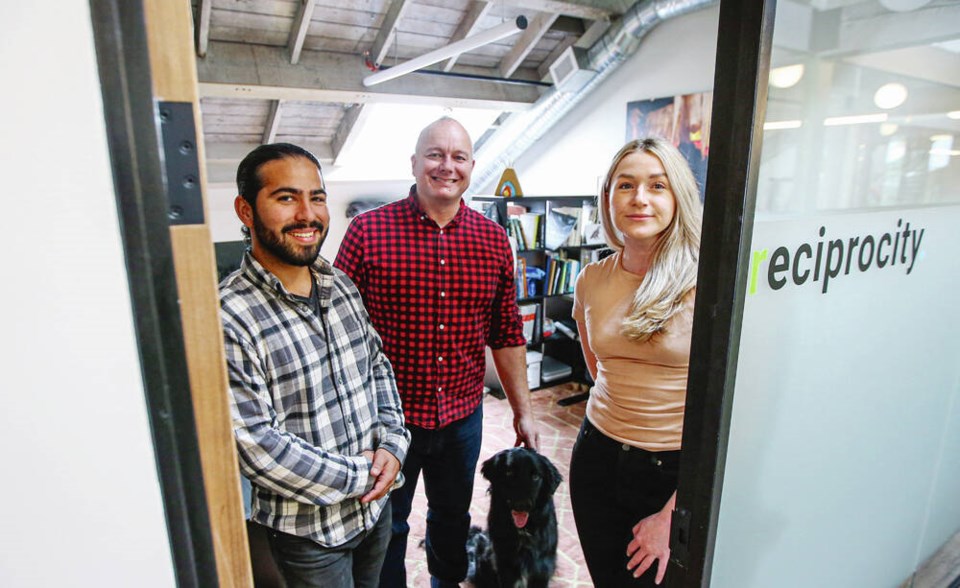A Victoria not-for-profit initiative says Canadians have been living “rent-free” on Indigenous land for more than 150 years and it wants to change that.
Reciprocity Trusts wants to arrange payments from homeowners, business owners and renters to distribute to the First Nations whose land they live and work on.
It’s a way to go beyond symbolic reconciliation and recognize Indigenous lands in a way that’s clear and simple, said founder and CEO Craig Candler. “Those of us who own property have a source of wealth and a source of security for our families that rests on the back of an uncomfortable colonial legacy,” he said.
Reciprocity hasn’t yet launched, but about 200 Victoria households and about a dozen businesses have already pledged to take part, Candler said. They expect to be up and running in November, with the first funds distributed shortly after.
People will be able to go online to calculate how much their monthly reciprocity payment would be based on their address and whether they own or rent.
For homeowners, that monthly payment is equivalent to about one per cent of their annual property taxes, and for renters it’s about one per cent of monthly rent. The payment for businesses is about one per cent of profits, shares, time or product.
The average Victoria homeowner would pay about $300 to $500 per year, Candler said. The money will go into a fund managed by trustees nominated by participating First Nations, who will decide where the dollars go.
Candler said it is important to design the program in a way that makes it clear this is not a tax or a charity.
That’s in part why the payments are tied to the value of property you own or live in, he said, so as the value of properties increase and owners gain wealth, they pay more to the people whose lands they’re profiting from.
“We’re living on Indigenous land. We’re benefiting from it, and a portion of the wealth that our properties and things create for us each year should be going back to those communities,” Candler said.
The initiative is starting with a pilot project in Greater Victoria, with plans to expand to the Lower Mainland next year, before moving into the the Okanagan, Kootenays and beyond. People outside the capital region as far away as Ontario are already indicating their interest, Candler said.
Ten First Nations have been invited to participate in South Island trust. So far, the Songhees Nation, T’Sou-ke First Nation and W̱SÁNEĆ leadership council, which represents three nations, have expressed interest. Others have said they’d like to wait and see how it all works, Candler said.
Christina Clarke, CEO of Songhees Development Corporation, said Songhees chief and council are interested in working with the initiative as they move towards launching. “I think it’s a good idea. I think it has legs,” Clarke said.
In addition to the financial benefit, the program also has the potential to show Songhees community members how many people care and want to contribute.
“That sends a strong message to the communities,” she said.



